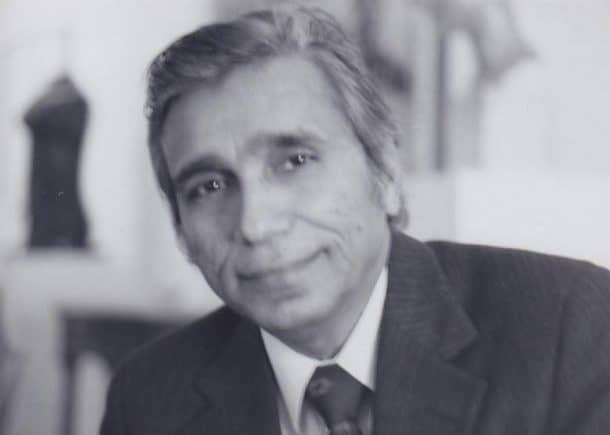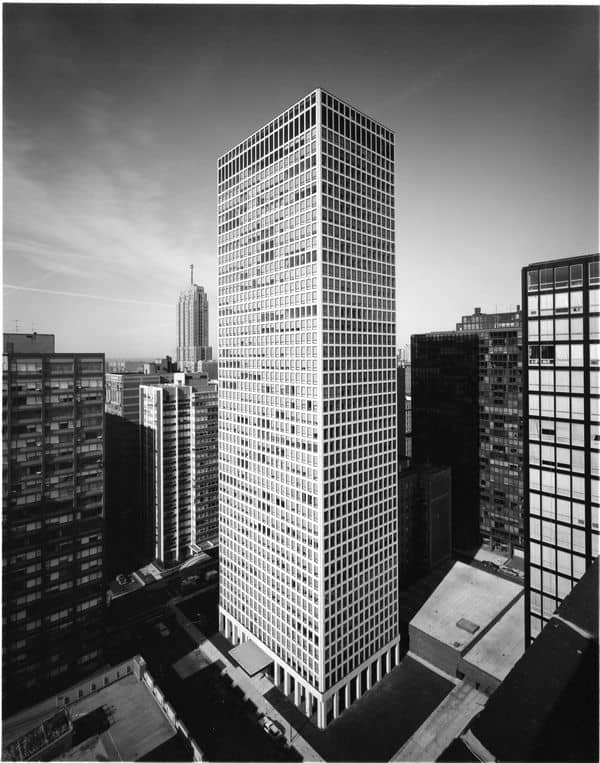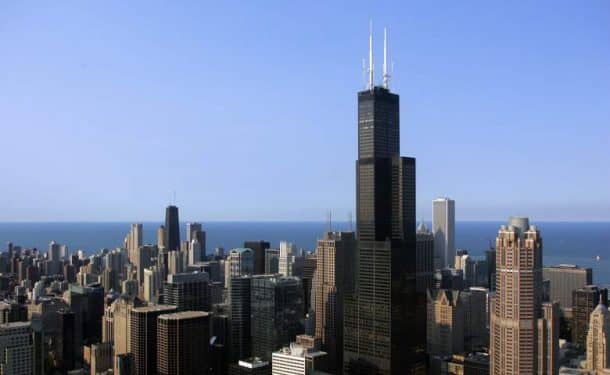Humans have been building structures for thousands of years. A lot of the ancient ones still exist giving proof of the strength and intellect of ancient humans. However, none of the ancient buildings were too tall. The New York City’s Empire State Building became the tallest man-made structure when it was completed in 1931. For decades, no one thought the building could be surpassed. The concept of skyscrapers is less than a century old, and we have one man to thank for it. 3rd April 2017 celebrates the 88th birthday of Engineer Fazlur Rahman Khan, the man behind today’s buildings that rise above the ground and tear through the sky.
A #GoogleDoodle for structural engineer Fazlur Rahman Khan – a pioneer in skyscraper design! ? https://t.co/IIy2FPdbu5 pic.twitter.com/zjsbLvK3zA
— Google Doodles (@GoogleDoodles) April 3, 2017
Fazlur Rahman Khan, born in Dacca, India (Now known as Dhaka, Bangladesh) in 1929 studied at the University of Dacca to obtain a Bachelor’s Degree in Engineering in 1950. After working shortly as an assistant engineer for India Highway Department, he earned a scholarship to study at the University of Illinois, Chicago in 1952. He obtained two Master’s Degrees at the University, one in Applied Mechanics and another in Structural Engineering and went on to continue his Ph.D. in Structural Engineering.

Khan shortly left the US and joined the Karachi Development Authority in Pakistan as an executive engineer. The restrictions in his new job frustrated him, and he returned to the US in 1955 to join Skidmore, Owings & Merrill in Chicago. The city of Chicago became home to Khan’s greatest innovations.
Working at Skidmore, Owings & Merrill, Khan came up with an ingenious plan of a building that relied on an exterior frame for strength instead of central supports. The city of Chicago is known to be windy where buildings are prone to structural damage due to high winds. The vertical tubing structure would provide protection against such damage. It also frees up the space occupied by the central support in the middle. In addition, the Chicago grounds are known to be inconsistent and swampy which poses the high rise buildings another risk.
Khan’s new theory was first tested on the DeWitt-Chestnut building in Chicago that superseded the widely known Empire State Building in efficiency. While the height was less, the building used only 145kg of steel per square meter as compared to the Empire State Building’s 206kg.

Source: SOM
Once the idea was proven successful, Khan designed the World Trade Center to surpass the tallest building in the world in 1972. The record was broken again, only two years later, again by a design from Fazlur Rahman Khan. The new record holder was the Sears Tower in Chicago that remained to be tallest for the next 24 years. The tower which later came to be known as Willis Tower was the first skyscraper to use bundled tube system. The system forms a thick column by combining a number of narrow cylindrical tubes. This minimizes the steel requirement and eliminates the need for internal wind braces.

Source: Heavy.com
Khan died in Jeddah, Saudia Arabia in 1982 but his legacy lives on. Referred to as “Einstein of Structural Engineering,” the man was an epitome of innovation and brilliance. He once said:
“I put myself in the place of a whole building, feeling every part. In my mind, I visualize the stresses and twisting a building undergoes”
The world’s tallest structures today use the tube structures that he proposed. He believed that a building should have structural empathy; ability to absorb stresses in a natural way like the human body does. Director of Structural and Seismic Engineering at SOM commented, “Khan was a visionary who transformed skyscrapers into sky cities while staying firmly grounded in the fundamentals of engineering.”
The city paid tribute to the structural genius on his birthday:
Happy birthday #FazlurKhan! The brilliant Bangladeshi-American engineer made groundbreaking (!) designs for Sears Tower & Hancock Center. pic.twitter.com/1Z727Uexqz
— Chicago Architecture Center (@chiarchitecture) April 3, 2017
In Chicago, everyone looks up to the work of #FazlurKhan. The #BangladeshiAmerican #engineer forever changed our skyline. #DayofFacts pic.twitter.com/Wqqb66B1yN
— ChicagoHistoryMuseum (@ChicagoMuseum) February 17, 2017
The man was not only brilliant engineer was also a pioneer of computer-aided design (CAD) for precise calculations. His calculations on the John Hancock Center were verified by the two computer programmers he had brought in for the purpose.
Fazlur Rahman Khan was named the Construction’s Man of the Year in 1972, where he commented,
“The technical man must not be lost in his own technology; he must be able to appreciate life, and life is art, drama, music, and most importantly, people.”
We have a lot to learn from the man, and this does not only include his innovations, it includes his professionalism, his personality, and his life philosophy.


